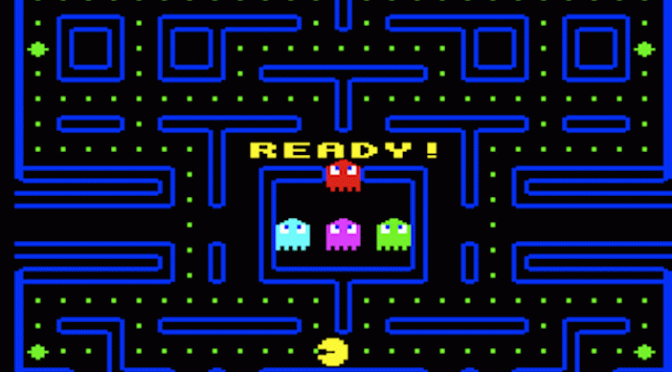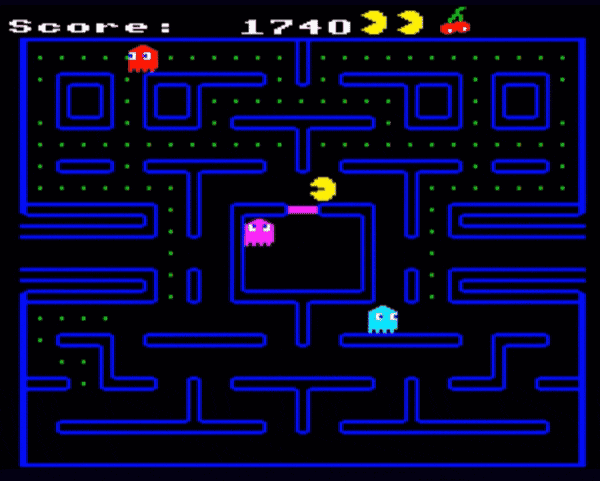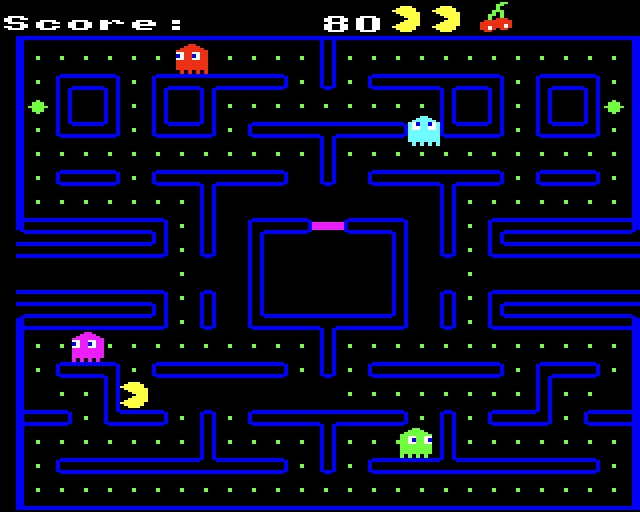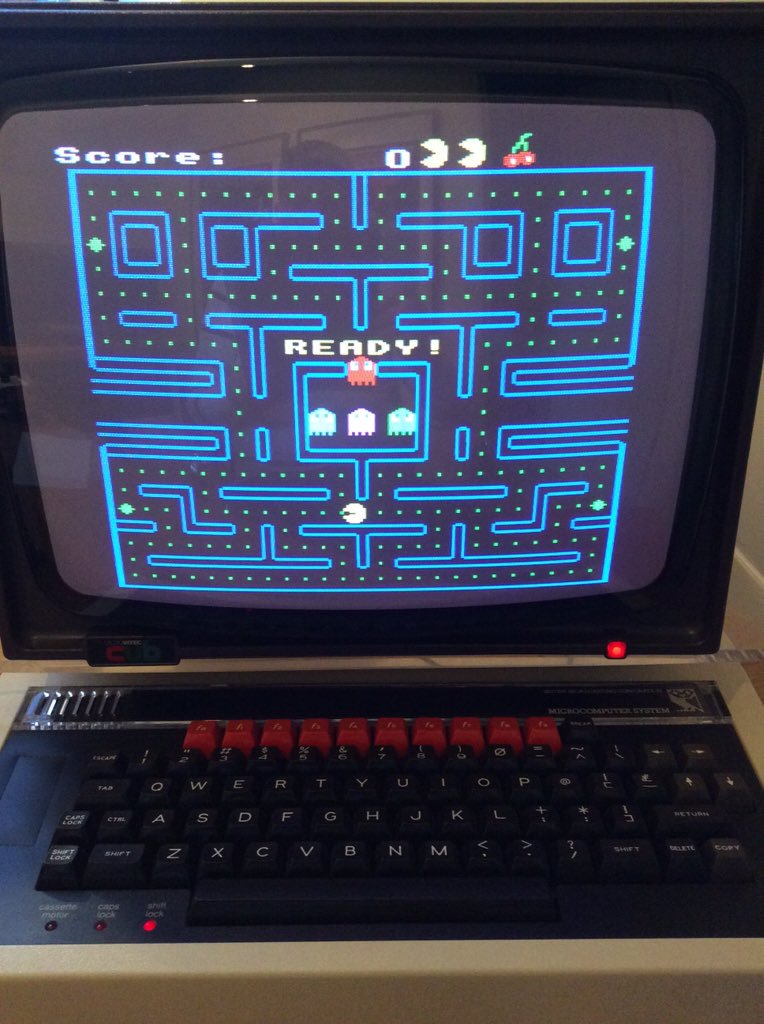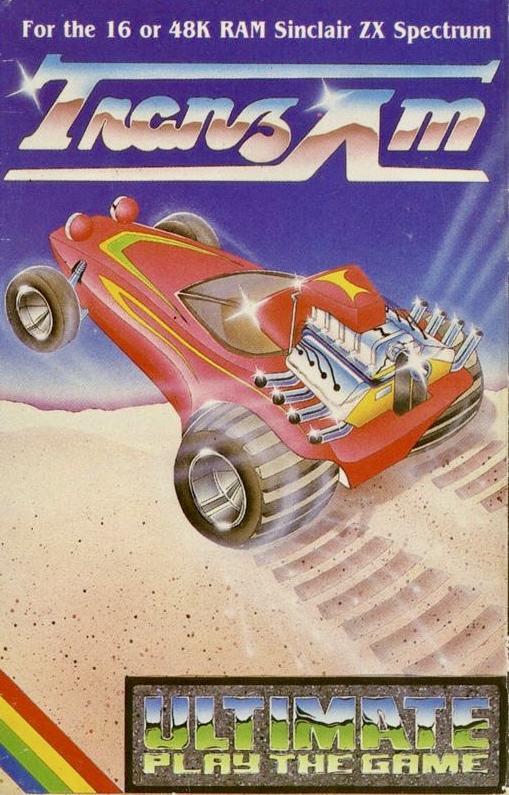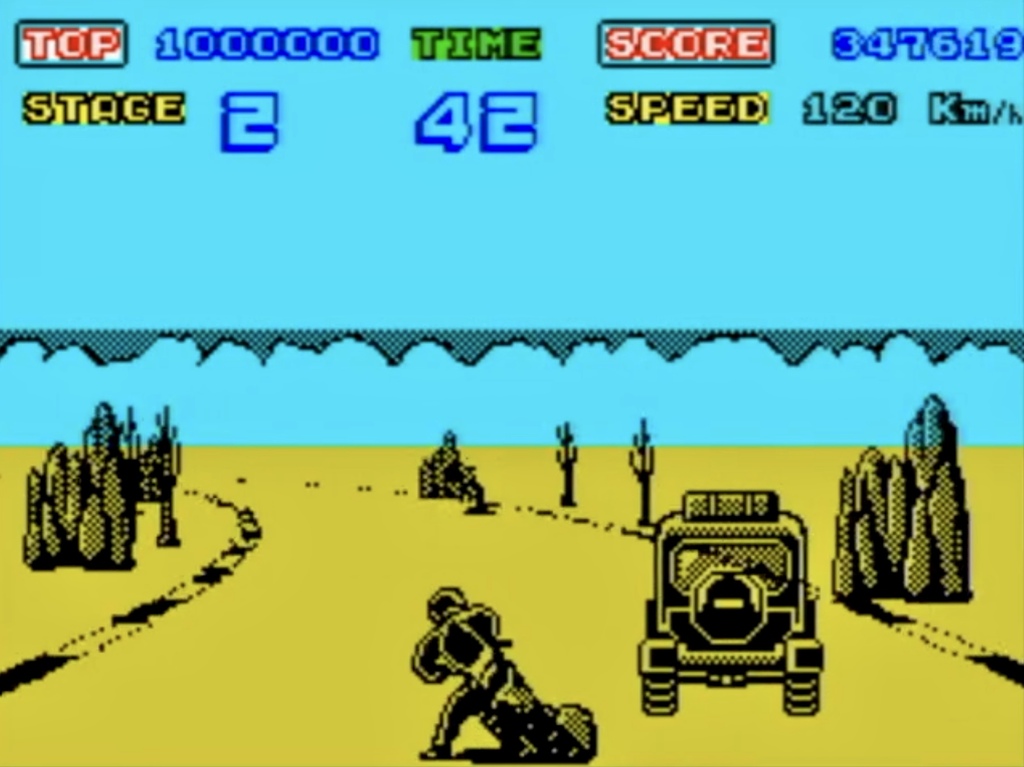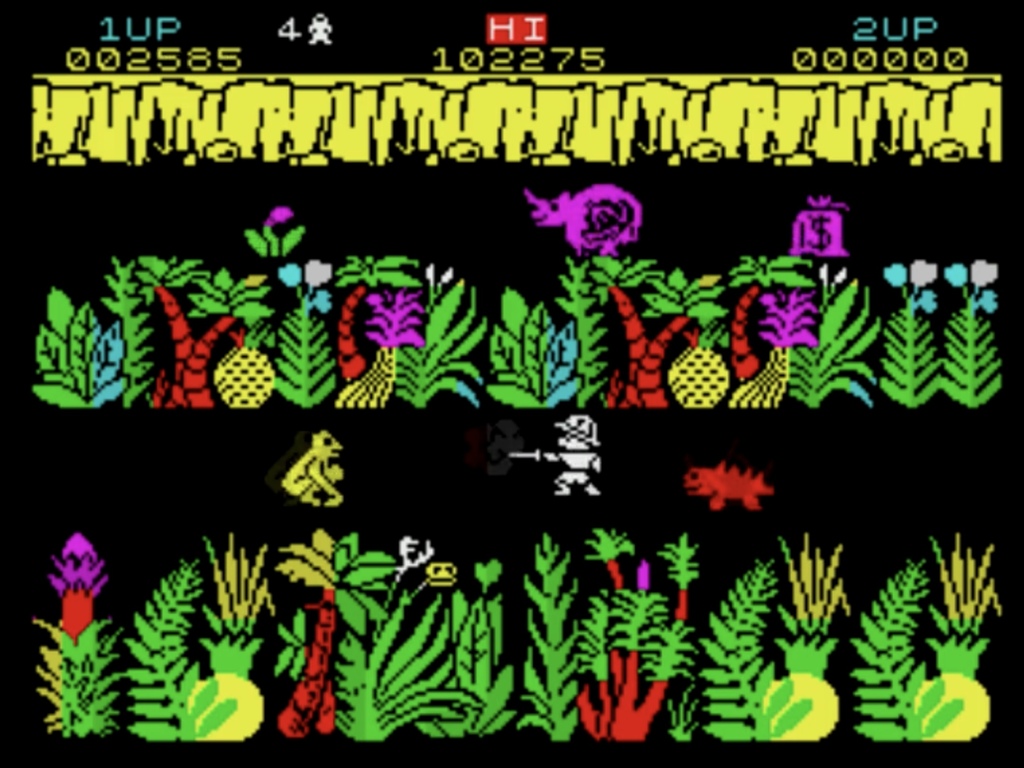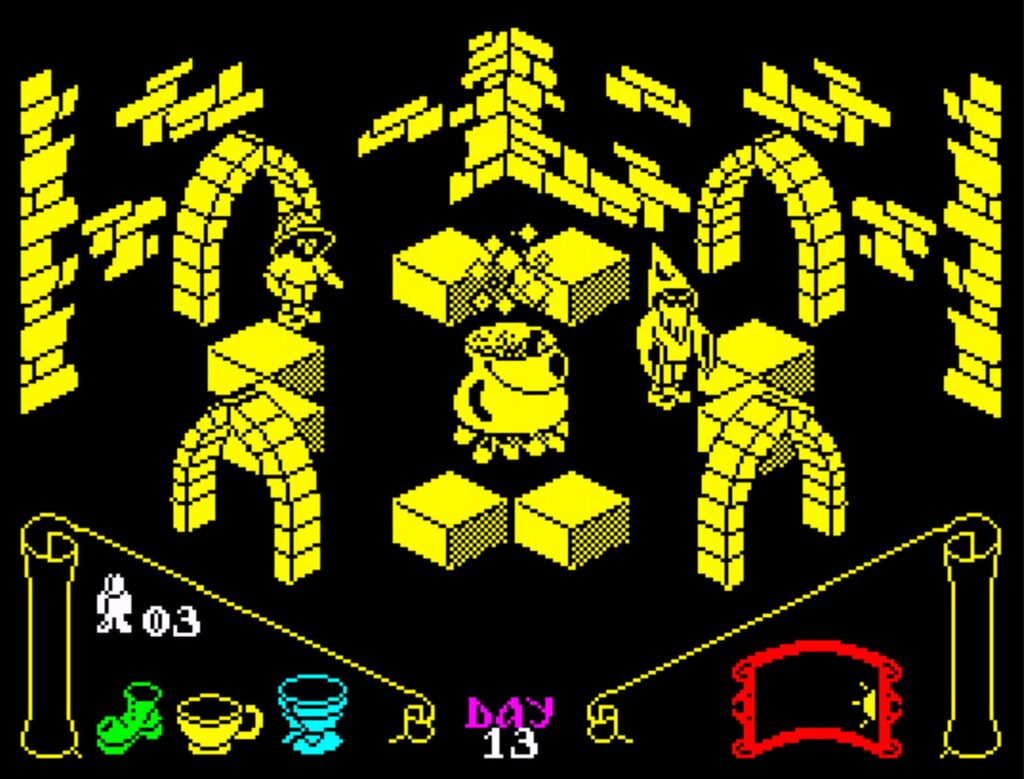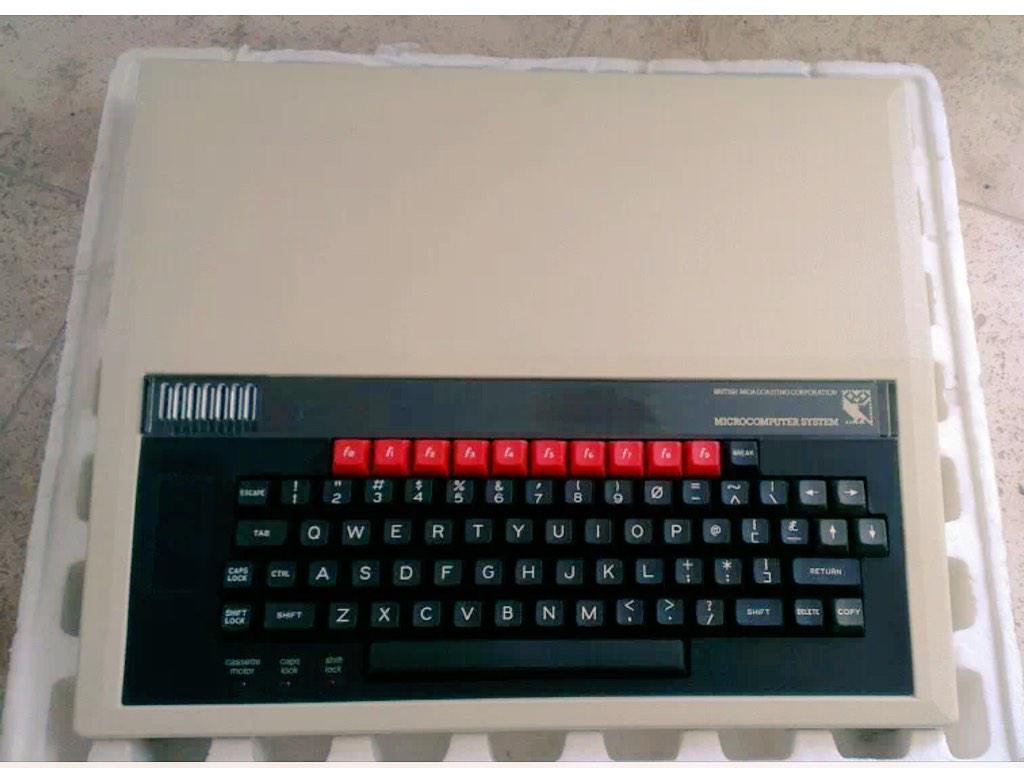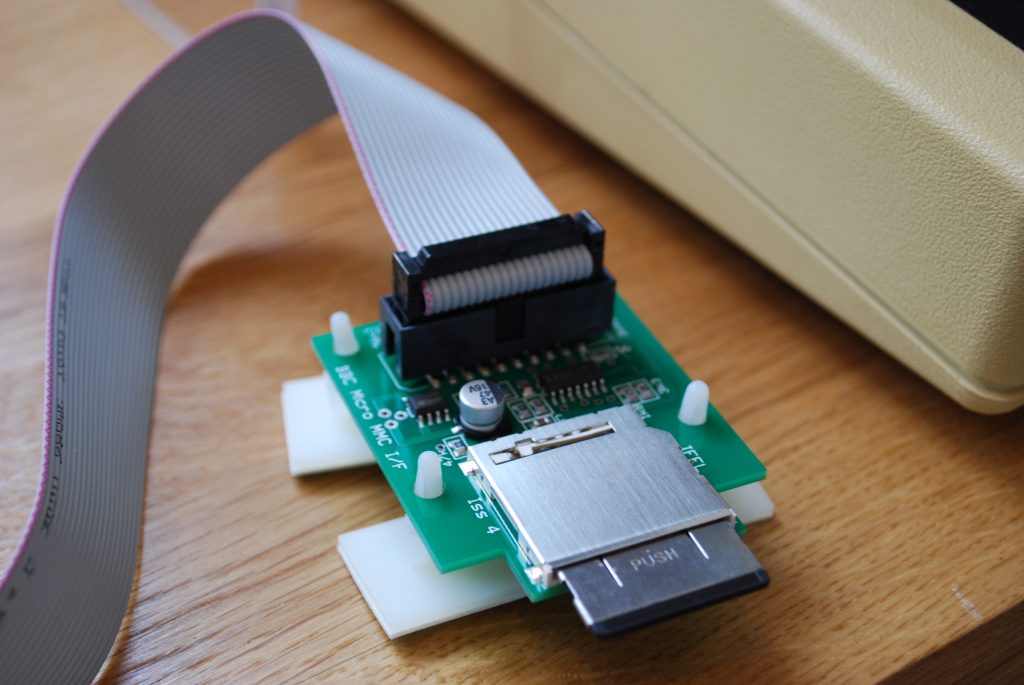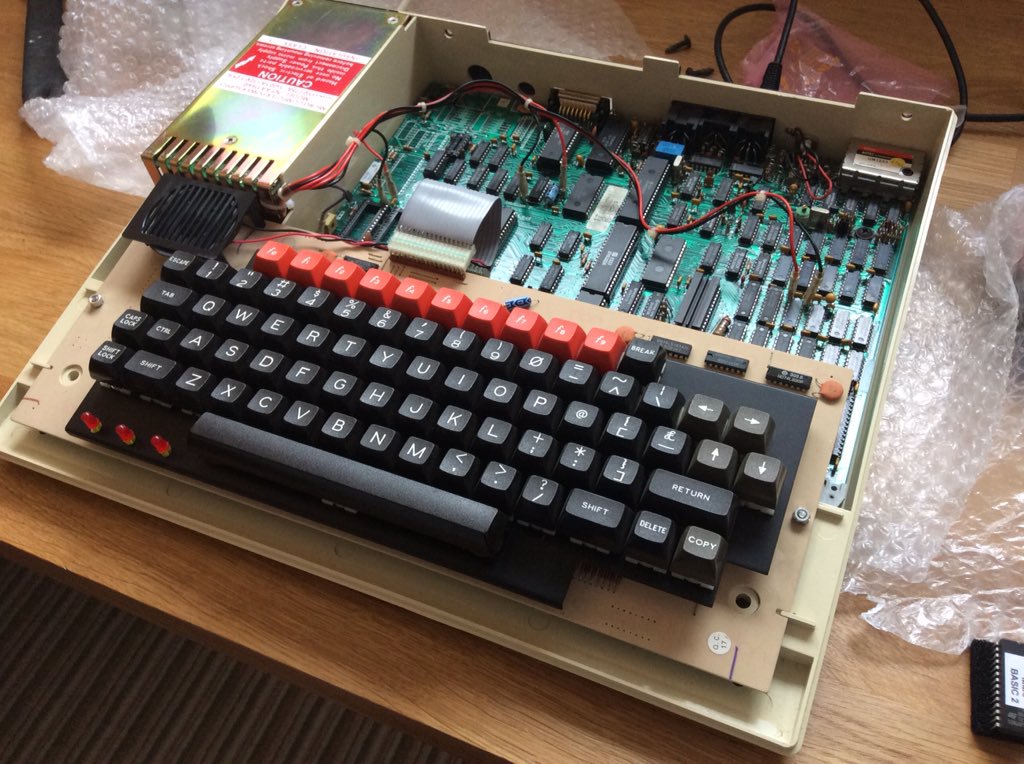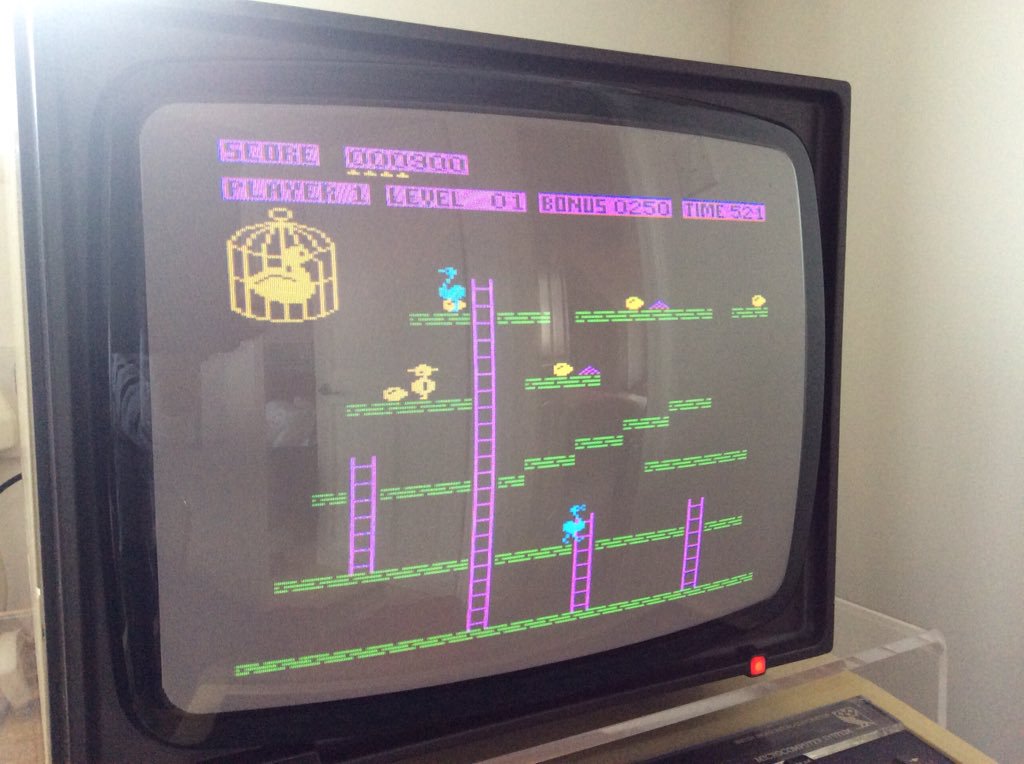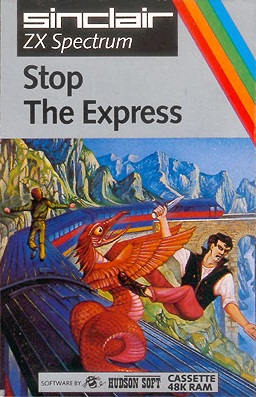Or is it Attic Attack?
The Early 1980s UK Gaming Scene
The early 1980s were a transformative period for the video game industry, marked by rapid technological advancements and a burgeoning market for home computers. The ZX Spectrum, with its affordable price and cheap cassette-based games, became a popular platform for development. Whilst our American cousins were focused almost entirely on video game consoles such as the Atari VCS, UK gamers were playing games on their ZX Spectrum, BBC Micro or Commodore 64 home computers.
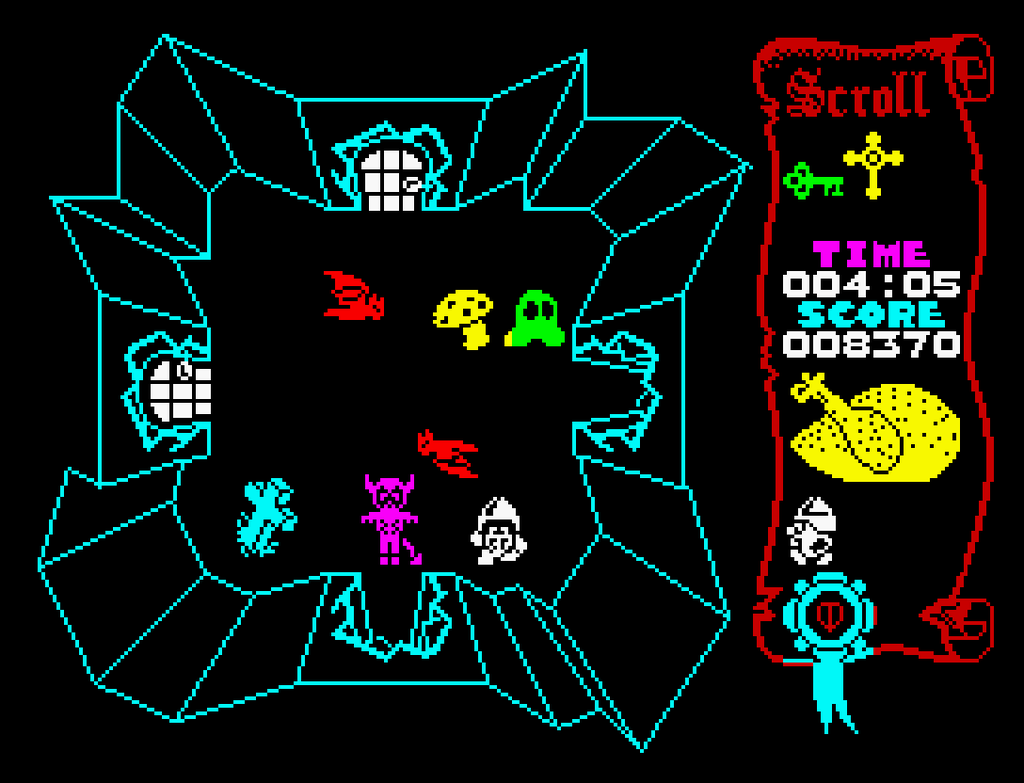
Well before I discovered Atic Atac, my first experience of Spectrum gaming was from Sinclair’s own game label. It was a fairly lumpy product called Horace Goes Skiing. Whilst a world away from the silent black and white Sinclair ZX81 which I had just graduated from, I soon got bored of these early Spectrum offerings, which had no depth and very little replay value.
Ultimate Play the Game
Soon developers began to unlock the full potential of the little rubber buttoned machine, and at the head of this movement were the Stamper Brothers, and their company – Utimate Play the Game. Early 16k games such at Jetpac, Pssst! and Tranz Am games were massively addictive, with smooth scrolling graphics, large colourful sprites and novel gameplay, with that all important replay value.
After these initial successes, Atic Atac was the first in a series of action adventure games, featuring larger play areas utilising 48k memory and huge puzzles to solve, providing a much deeper game experience. The game was set in a haunted castle, your mission to find the parts of a key that would allow you to escape, without first being overcome by the many monsters therein.
Initial Reception
Upon its release in 1983, Atic Atac was met with widespread acclaim. Gamers and critics praised its engaging gameplay, intricate design, and replayability. It quickly became a staple in many ZX Spectrum collections.
“Atic Atac is an amazing blend of action and exploration, setting a new benchmark for ZX Spectrum games.” – Crash Magazine
Gameplay and Mechanics
Core Gameplay
Atic Atac’s primary objective is for players to escape a labyrinthine castle by collecting pieces of the ACG (Ashby Computers & Graphics) key. The game is played from a top-down perspective, with players navigating through rooms filled with enemies and traps.
The castle setting of Atic Atac was spread over 5 floors, including subterranean dungeons, and the haunted attic of the title, and was riddled with secret passages that had to be learned in order to progress.
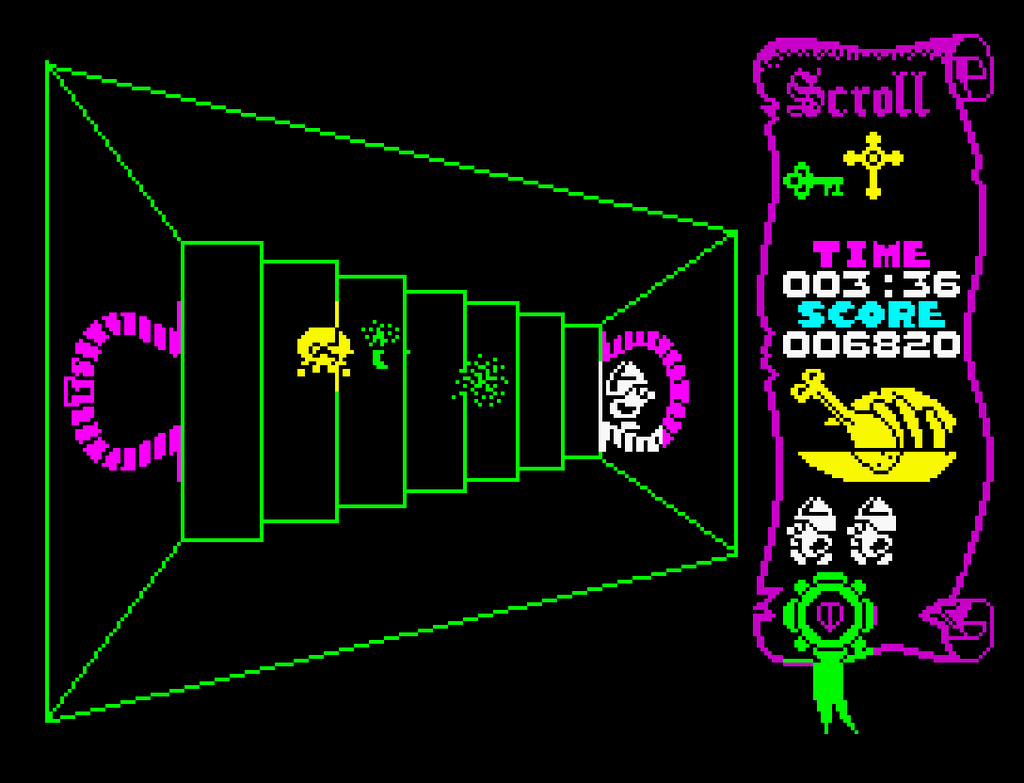
Atic Atac was quite punishing, with your character faced with a continuous onslaught from the various monsters, some of which could be destroyed, some just avoided. Life in the representation of a roast chicken could be restored by eating food found lying around the dungeon. Not that food found on the floor should be eaten anyway, but mushrooms were very dangerous and actually drained life
Player Classes
Players can choose from three characters: the Knight, the Wizard, and the Serf. Each character has unique weapons and access to different routes through the castle, adding variety and strategic depth to the gameplay.
Inventory System
Atic Atac features an inventory system where players collect and use up to 3 items at a time to progress. These items can unlock new areas, defeat specific enemies, or provide crucial information, making inventory management a key aspect of the game.
Graphics and Sound
Visuals
For its time, Atic Atac’s graphics were impressive, leveraging the ZX Spectrum’s limited capabilities effectively. The colorful sprite design and detailed rooms created an immersive atmosphere that drew players into the game world, making the most of the extra memory afforded by the 48k Spectrum.
“The graphics are outstanding, especially considering the hardware limitations of the ZX Spectrum. Each room is vividly detailed, making the game a visual treat.” – Your Sinclair
Atic Atac Spooky Theme
The visual design of Atic Atac maintained a consistent medieval theme, enhancing the game’s narrative and adding to its charm. The distinctive look of each character and enemy contributed to the game’s overall appeal.

Horrific Sound Design?
While the ZX Spectrum was not known for its advanced sound capabilities, Atic Atac made good use of available resources. The sound effects, though simple, were effective in enhancing the gameplay experience and providing audio cues for player actions.
Atic Atac Challenge and Replayability
Difficulty Level
Atic Atac is known for its initially challenging gameplay. Players must navigate a complex maze, manage limited resources, and contend with numerous enemies. The difficulty curve is steep, but it rewards persistence and strategic thinking.
“Atic Atac’s difficulty is perfectly balanced. It’s challenging enough to keep you on your toes, but not so hard that it becomes frustrating.” – Computer and Video Games Magazine
Replay Value
Several factors contribute to Atic Atac’s high replayability. The randomized elements, such as item placement and enemy behavior, ensure that each playthrough is unique. Additionally, the different experiences offered by the three character classes encourage multiple playthroughs. Ultimately, with practise, the game could be completed in around 3 minutes.
Legacy and Influence
Lasting Impact
Atic Atac has left a lasting legacy in the gaming world. It influenced subsequent game design, particularly in the action-adventure and exploration genres. The game’s innovative mechanics and engaging gameplay set a precedent for future titles.
“Atic Atac is a pioneering game that has inspired countless developers and remains a benchmark for adventure games.” – Retro Gamer Magazine
Atic Atac on Other Platforms
Amstrad CPC Version
The Amstrad CPC version of Atic Atac retained the core gameplay and mechanics of the ZX Spectrum original but featured enhanced graphics and sound. The color palette was more vibrant, and the sound effects were slightly improved due to the CPC’s superior audio capabilities. However, the gameplay experience remained largely the same, preserving the challenging and engaging nature of the original.
“While the Amstrad CPC version offers better visuals and sound, it stays true to the spirit of the ZX Spectrum classic, making it a must-play for fans of the original.” – Amstrad Action
BBC Micro Version
The BBC Micro version of Atic Atac also aimed to replicate the success of the ZX Spectrum release. This version featured smoother (although chunkier) graphics and slightly faster gameplay, benefiting from the BBC Micro’s hardware. The game’s controls were responsive, and the overall experience was faithful to the original, although the color scheme was more muted compared to the Amstrad CPC version.

“The BBC Micro adaptation of Atic Atac retains the original’s charm and complexity, with minor graphical improvements that enhance the gameplay experience.” – Micro User
Final Verdict
Was Atic Atac really that good?
It’s difficult to get across how excited we were to get our hands on Atic Atac, after reading reviews in Crash magazine and seeing the posters up in WH Smith and John Menzies. The size and scale of the game, combined with the smooth graphics and the spooky theme, it just felt like nothing that had come before on a home computer. It may seem quaint now, but at the time it was groundbreaking, and a sign of greater things to come for UK gamers.
References and Further Reading
For those interested in learning more about Atic Atac and the history of the ZX Spectrum, here are some useful sites:

